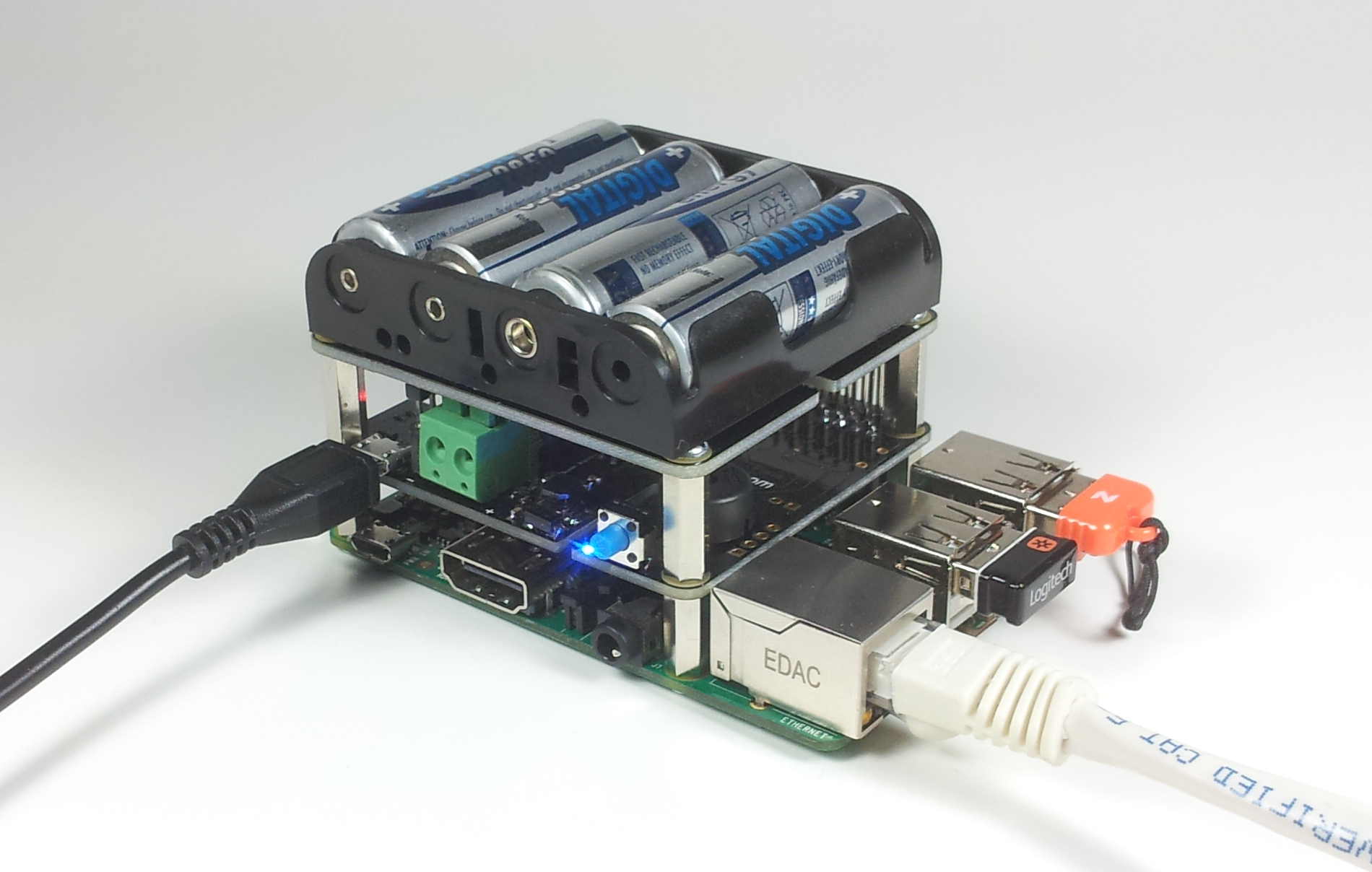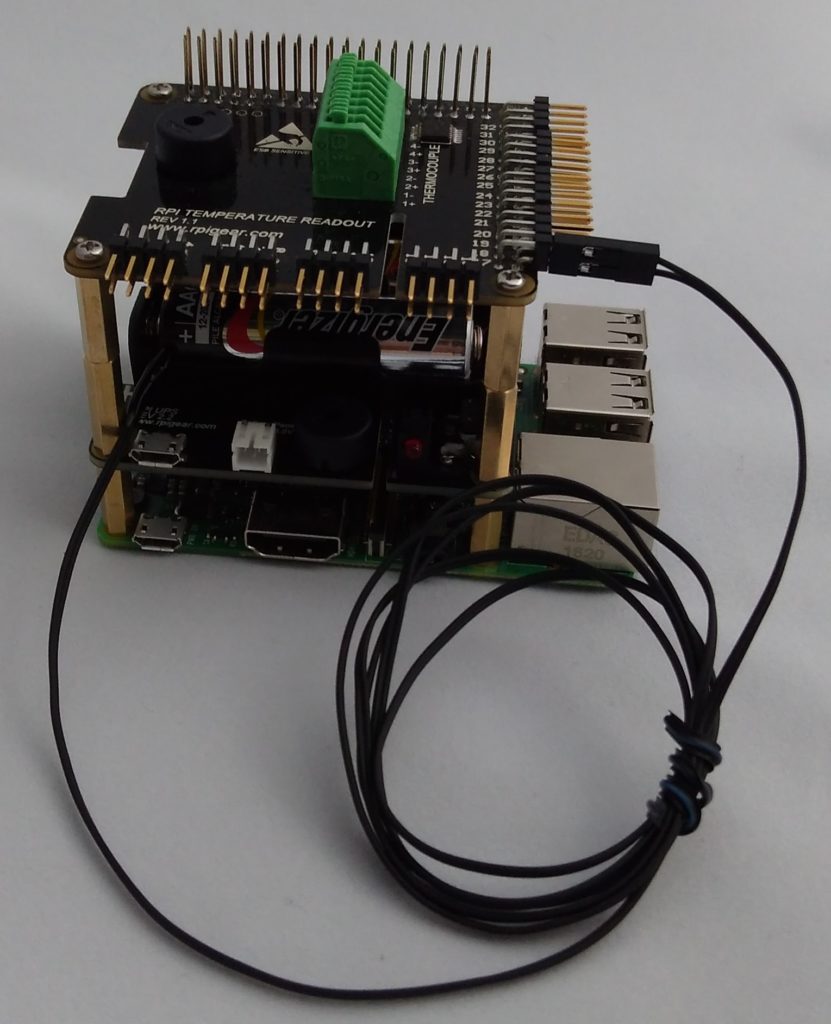

#Raspberry pi sleep mode full#
However, if you are running some simple application or scripts then chances are you will not be using the full capacity of the CPU but yet it still consumes power then IDLE. We all know that complex and resource heavy applications take up considerable CPU, GPU and RAM and this result in excessive power consumption. Turn ON HDMI output sudo /opt/vc/bin/tvservice -p Turn OFF HDMI output sudo /opt/vc/bin/tvservice -o This can save you up to 30mA in total, which isn’t too much but overall it can make a big difference when combined with other power saving options. Well, it is possible to switch off this output by a simple command. However, even though you do not have anything connected to the HDMI port it will still output and power the port, ready for when do connect a monitor. Yes, if you are running your Raspberry Pi headless or using SSH for remote access then chances are you are not using the HDMI port connecting to a monitor. Turn ON USB chip echo '1-1' |sudo tee /sys/bus/usb/drivers/usb/bind Turn OFF USB chip echo '1-1' |sudo tee /sys/bus/usb/drivers/usb/unbind To turn of the chip open up a terminal window and type in the following commands: Having the ability to switch the USB BUS chip off can save more than 100mA of power. Even if you are not using those devices they will still be powered and consume a considerable amount of power. If you project does not require any of the USB ports on the Raspberry Pi or the use of Ethernet then it is possible to turn off the chip that power them all.

IDLE State = 3hrs 48mins Switching off the USB/LAN ICīy far the most power hungry devices are using USB, such as hard drives, dongles, mice & keyboard and various other devices. We have charged the PiJuice battery to 99% and then run the test script found here:

The first benchmarking test we are going to compare against is when the Raspberry Pi is in an idle state booting using Raspbian Stretch Full and with the HDMI, USB mouse & keyboard and Wi-Fi connected.


 0 kommentar(er)
0 kommentar(er)
